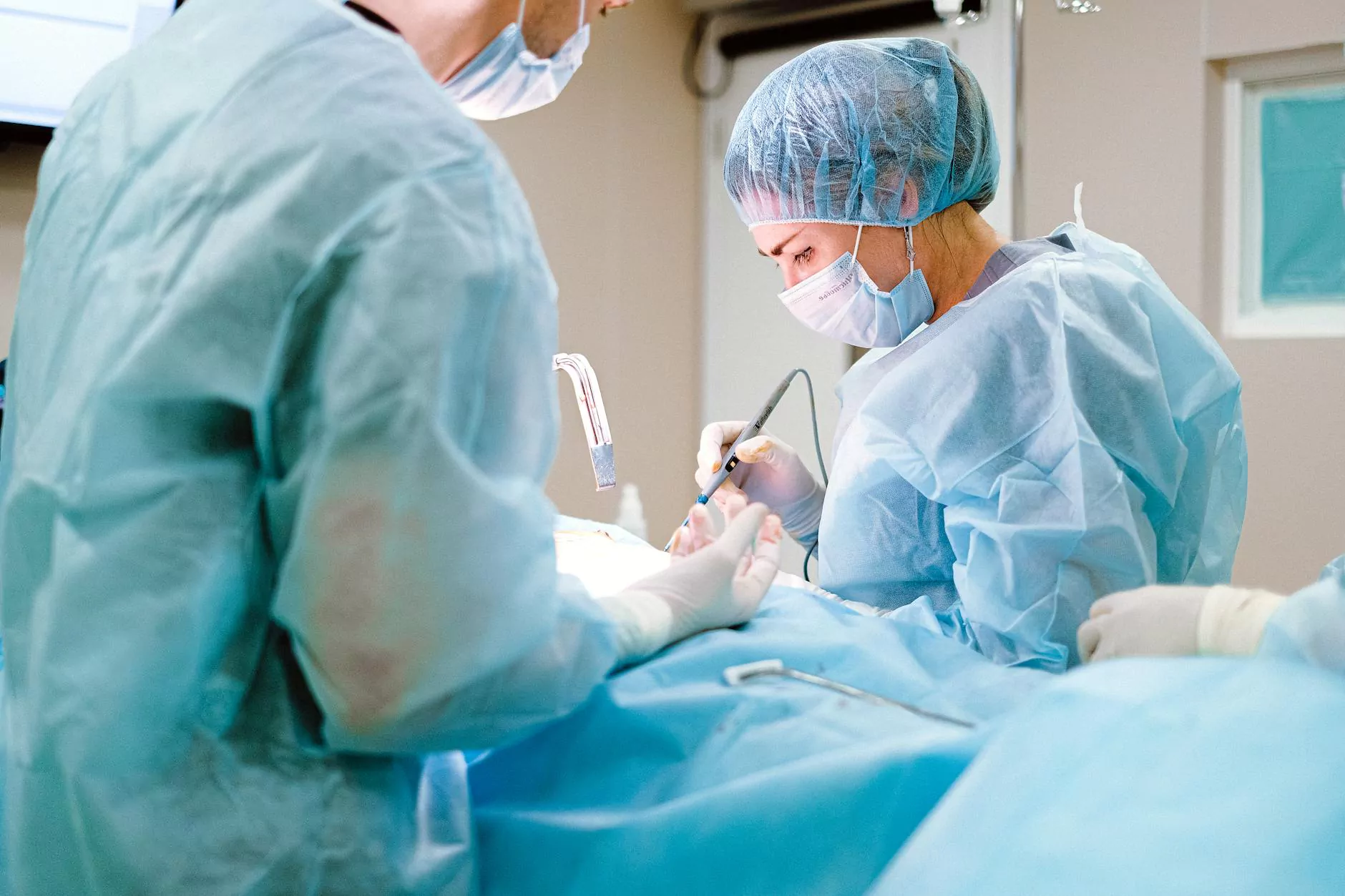Effects of Unilateral Salpingo-Oophorectomy

Unilateral salpingo-oophorectomy, also known as the removal of one fallopian tube and one ovary, is a surgical procedure frequently performed by obstetricians and gynecologists in the field of reproductive medicine. This procedure may be recommended for various medical conditions, such as ovarian cysts, endometriosis, or tumors.
Understanding Unilateral Salpingo-Oophorectomy
Unilateral salpingo-oophorectomy involves the cautious removal of one fallopian tube and one ovary, while leaving the other side intact. This surgical approach aims to preserve fertility when appropriate and minimize the impact on hormonal balance and reproductive system functionality.
It is crucial for patients considering unilateral salpingo-oophorectomy to have a comprehensive understanding of the potential effects and risks associated with this procedure. Let's explore some key points:
Potential Effects and Risks
1. Fertility
One of the primary concerns for individuals considering unilateral salpingo-oophorectomy is the impact on fertility. The removal of one fallopian tube and one ovary does not necessarily result in infertility, especially if the remaining ovary is healthy and functional. However, it may reduce the overall chance of conception, particularly if the removed ovary contained viable eggs. It's essential to discuss fertility preservation options with your healthcare provider prior to the surgery.
2. Hormonal Balance
Unilateral salpingo-oophorectomy may have an impact on hormonal balance due to the removal of one ovary. The remaining ovary generally compensates for the loss, but it may require adjustment time to resume normal hormone production. Your healthcare provider may monitor hormone levels and prescribe hormone replacement therapy if necessary. It's important to note that each individual may experience hormonal changes differently.
3. Surgical Complications
Like any surgical procedure, unilateral salpingo-oophorectomy carries certain risks. Potential surgical complications include bleeding, infection, injury to surrounding organs, or adverse reactions to anesthesia. These risks can be minimized by choosing an experienced and skilled surgeon, following pre and post-operative instructions, and attending regular follow-up appointments to monitor recovery.
4. Menstrual Changes
After undergoing unilateral salpingo-oophorectomy, some individuals may experience changes in their menstrual cycle. These changes can include alterations in the length, flow, or regularity of periods. While most people continue to have regular menstrual cycles, others may experience temporary or permanent disruptions. If you observe any significant or prolonged abnormalities, it's essential to consult your healthcare provider for further evaluation.
5. Potential Long-term Effects
Currently, research on the long-term effects of unilateral salpingo-oophorectomy is limited. However, some studies suggest potential links between this procedure and an increased risk of certain conditions, such as cardiovascular disease or osteoporosis. It's important to discuss your medical history and any potential risks with your healthcare provider before deciding to undergo unilateral salpingo-oophorectomy.
Conclusion
Unilateral salpingo-oophorectomy is a surgical procedure commonly performed in gynecology and reproductive medicine to address various conditions. While it can be an effective solution, it's crucial to be aware of the potential effects and risks associated with this procedure.
Understanding the impact on fertility, hormonal balance, surgical complications, menstrual changes, and potential long-term effects is vital in making an informed decision. If you are considering unilateral salpingo-oophorectomy, consult with your healthcare provider, who can provide personalized guidance and address any concerns you may have.
Remember, every individual's situation is unique, and a thorough discussion with your healthcare provider is essential to determine the best course of action for your specific needs.



